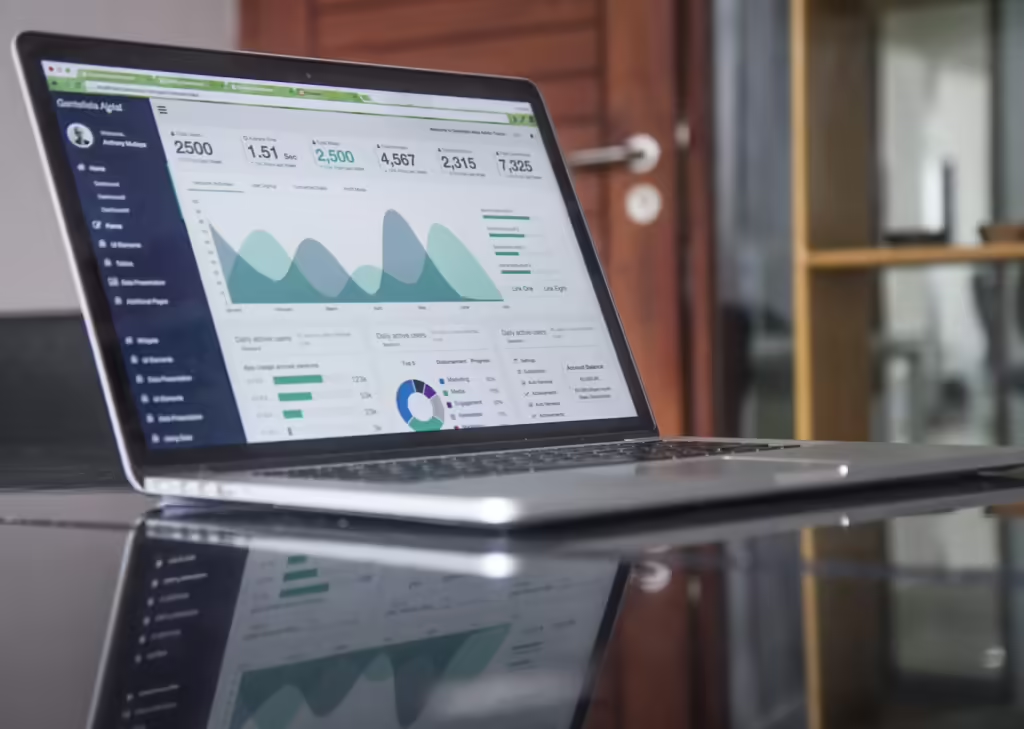Payment vs Invoice: The Full Guide

Whether you’re a business owner, freelancer, or consumer, you’ve likely encountered terms like “payment” and “invoice.” Both are essential components of financial transactions, but they’re different in terms of their purpose, timing, and features. Let’s dive into these differences, their uses, and more to provide a clear understanding of these critical financial terms.
What is a Payment?
A payment refers to the transfer of money from one party to another as a compensation for goods or services. Payments can take various forms, including cash, checks, credit card transactions, bank transfers, or digital wallets. It’s the process that completes a transaction and typically comes after an invoice has been issued and the goods or services have been delivered.
What is an Invoice?
On the other hand, an invoice is a document sent by a seller to a buyer, detailing the goods or services provided, their cost, and the terms of payment. In essence, it’s a request for payment. An invoice typically includes the names and addresses of the buyer and seller, the date, a description of the goods or services, the total amount due, payment due date, and various taxes or additional fees if applicable.
Invoices: Requesting Payment and Recording Transactions
An invoice primarily serves as a formal request for payment from the buyer. It delineates the specific goods or services delivered, their respective costs, and the total amount due. The invoice also includes important details such as the transaction date, seller and buyer information, invoice number, and payment terms.
However, an invoice is not merely a request for payment; it is also a critical record of the sale for both parties involved. Businesses use invoices for accounting purposes, tracking revenue, managing inventory, and auditing. They also play a crucial role in tax preparation, helping companies accurately calculate their tax liabilities based on their sales.
Payments: Fulfilling Obligations and Completing Transactions
Payments stand at the other end of the transaction timeline. Once the buyer receives an invoice, the payment follows as a transfer of money from the buyer to the seller. This process fulfills the buyer’s obligation and completes the commercial transaction.
Payments may take various forms, including cash, credit cards, digital wallets, bank transfers, or checks. Each payment method has its own set of benefits and drawbacks, impacting factors like transaction speed, convenience, and security.
The payment process is not just about the money changing hands; it’s also about building and maintaining a positive relationship between the buyer and the seller. Timely payments can help businesses establish credibility and strengthen their supplier relationships, which can lead to better credit terms and potentially discounts in the future.
Invoices: The Precursor to Payments
In most business transactions, the invoice precedes the payment. Once a seller delivers goods or services, they issue an invoice to the buyer, outlining the cost and other details of the transaction. This is known as ‘invoicing in arrears.’
However, some businesses, particularly those involved in recurring services or subscription models, may issue invoices in advance. This means the buyer receives an invoice before the delivery of the service, typically at the beginning of the billing period.
Payments: The Culmination of the Transaction
Following the issuance of the invoice, the buyer then makes a payment based on the payment terms outlined in the invoice. These terms can vary widely depending on the business and the nature of the transaction.
For example, with terms such as “Net 30,” the buyer is required to make a payment within 30 days of the invoice date. Some businesses may offer early payment discounts as an incentive for prompt payment, further emphasizing the role of timing in the payment process.
Invoices: Proof of Debt Obligation
Invoices hold significant legal weight as they represent a formal agreement between the buyer and the seller. They can be used to establish debt obligations in the event of disputes or non-payment.
An invoice essentially acts as a legally binding document that stipulates the buyer’s agreement to pay the stated amount for the received goods or services. If the buyer fails to make a payment, the seller can use the invoice in legal proceedings to assert their claim.
Payments: Evidence of Debt Settlement
Payments, meanwhile, serve as evidence of debt discharge. A payment receipt shows that the buyer has fulfilled their financial obligation to the seller, effectively settling the debt. Like invoices, payment receipts can also be used in legal scenarios to prove that a payment has been made.
In summary, understanding the distinctive roles and implications of payments and invoices is crucial for smooth and legally compliant financial operations. These two components form the backbone of any commercial transaction and play vital roles in ensuring healthy business relationships and efficient financial management.
The Role of Payments and Invoices in Business Operations
Invoices and payments are crucial for maintaining healthy cash flow in a business. They are interconnected processes that, when managed effectively, can significantly contribute to the financial stability and growth of a business.
Invoices help businesses keep track of sales, manage customer payments, and predict future revenue. They also allow for better financial planning and are essential for accurate tax filing.
Payments, on the other hand, contribute to the liquidity of a business. Timely payments allow a business to meet its operational costs, pay employees, invest in growth opportunities, and maintain good relationships with suppliers and partners.
Conclusion
In conclusion, understanding the differences between payments and invoices, as well as their roles in a business environment, is crucial for successful financial management. Regardless of the size or nature of your business, implementing an effective invoicing and payment process can significantly improve your business’s financial health and sustainability.
Research and content provided by InvoiceSoftwareFinder.com





